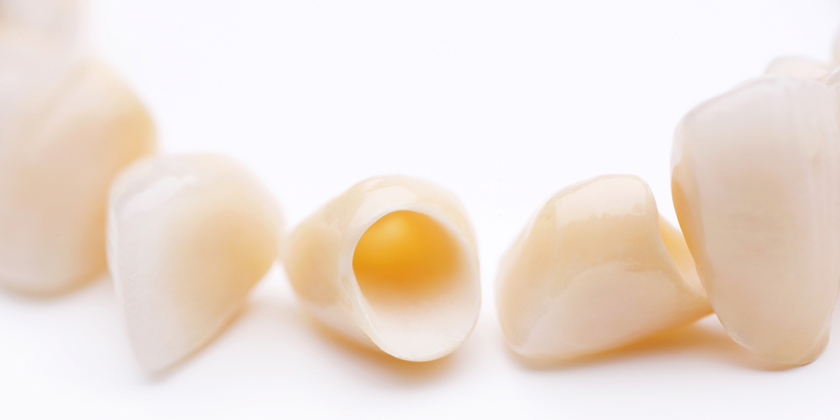There are a number of ways in which dentists can improve crown preparation. The majority of crown preps deal with teeth that have big amalgams already. Some dentists remove all the aging restorative materials, clean the teeth and then perform the buildup. They usually aren’t fond of leaving behind older amalgams or covering them up.
The Newest Techniques
Many senior dentists still prepare crowns in the manner that they learned in dental college, which is to begin by removing the old amalgam, cleanse any decay that is found, then slap on the matrix band and then use composite to buildup. This method certainly works, but some dentists have completed crown prep only to find that there wasn’t much buildup or none at all. This can be a bit aggravating, since you spent time performing buildup and have nothing left over once it’s complete.
This led to a newer approach that was developed recently. It involves first preparing the teeth, which means performing the rough preparation of the crown, without removing the old amalgam. Prep the tooth instead like it is the crown prep for virgin teeth. First do the axial and occlusal reduction, and using a metal slicing bur such as the Brasseler’s H34L will make the process go even faster. Once you’re finished, you will have what is referred to as the rough prep. And the good news is that most of the aging amalgam is gone already. Should any older material be present, you can now get rid of it.
Performing A Block Out Using Composite
After you’ve reached dentin which is clean, you may want to perform a block out using composite. It is likely you can free some of the composite for a buildup, and it won’t be as time consuming as the traditional method used in dental college. Once the block out has been completed, you can use standard diamonds to ensure the crown prep is refined.
The composite filling is a glass and plastic mixture that is tooth colored. It is used for the purpose of restoring teeth which have decayed. Dentists often recommend it for cosmetic purposes, as they can reshape teeth which are disfigured and alter the color to give them a more pleasant appearance. The composite should always be positioned in layers, ideally through the usage of specialized light that will harden each of them. Once the procedure is completed the dentist will need to shape the composite in such a way where it can fit on the tooth. The composite must also be polished so that it is resistant to both wear and staining.
There are a number of benefits to using composites, one of which is aesthetics. Shades can be blended so that a color is produced which is virtually indistinguishable from the patient’s natural teeth. Second, the composite will bond with teeth so that the structure which remains is supported. This prevents breakage while providing the teeth with insulation.


